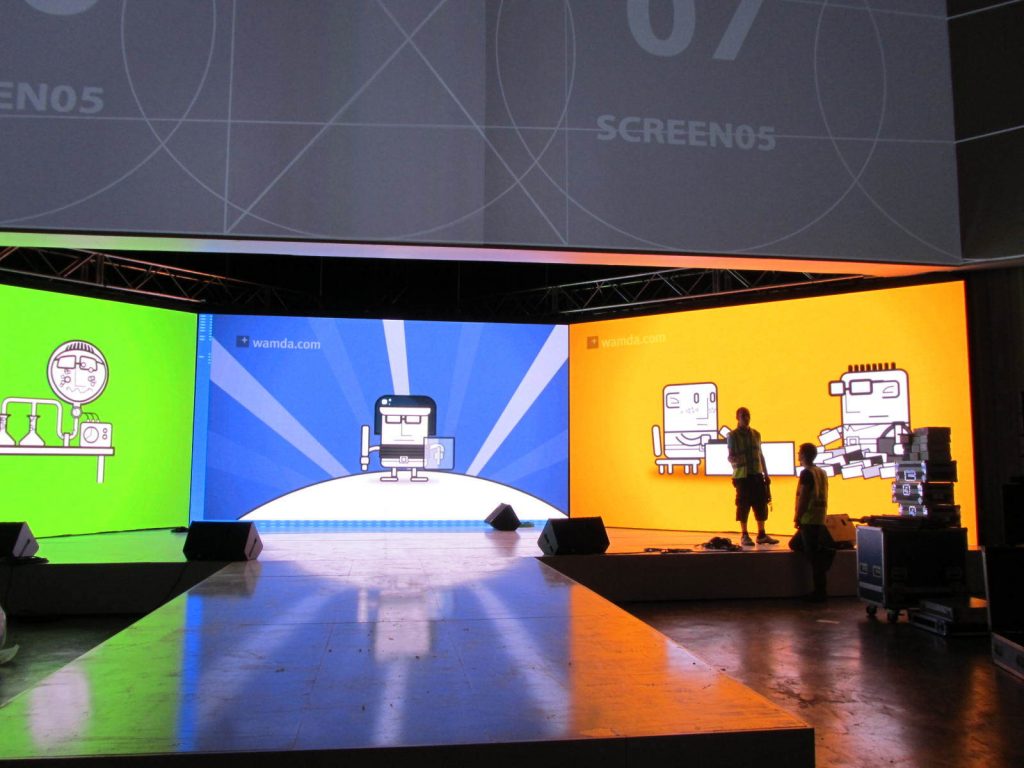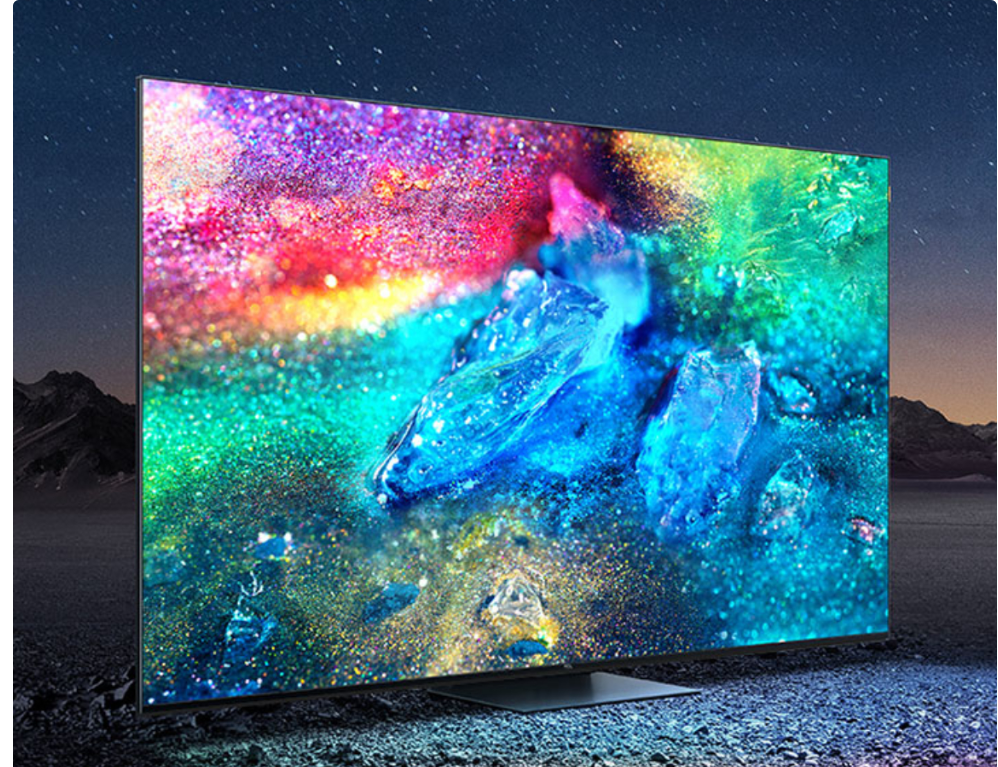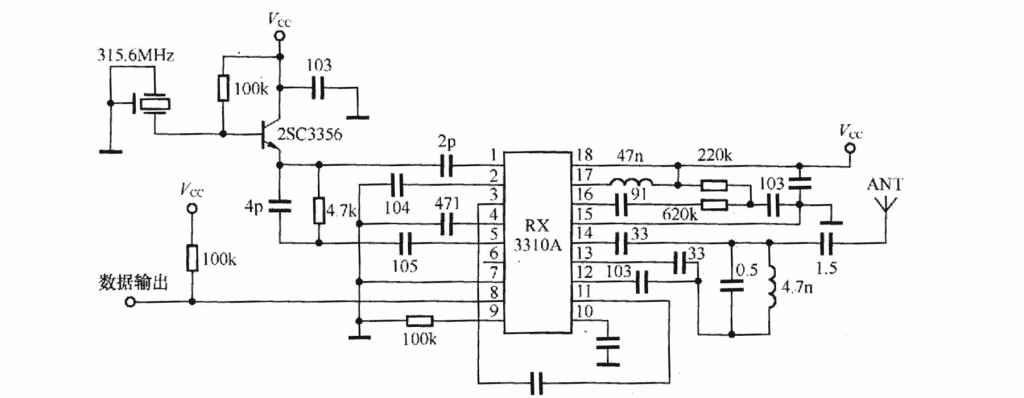Both LED and LCD screen are products that can be seen everywhere in our daily life. Relatively speaking, LCD will be more common than LED display. After all, most of the TVs and mobile phones we usually watch are made of LCD.
But judging from the names of the two, they are still very similar, and they are both flat display devices, so what is the difference between them? Let’s take a look.
What is LED display?
The LED display screen is made up of LED modules spliced together, and the LED modules are filled with many LED lights.

What is LCD?
LCD is the abbreviation of Liquid Crystal Display. The structure of LCD is to place liquid crystals on two parallel pieces of glass, and then control the direction of the crystal molecules to display the picture.

The composition of the LED display
LED display is usually composed of LED control card, scanning board, driving power supply, display control unit and LED display box
Composition of LCD
The composition of LCD liquid crystal screen mainly includes: backlight plate, upper and lower polarizers, liquid crystal, glass substrate, etc.
The working principle of LED display
The main controller obtains the color brightness data of each pixel of a screen from the computer display card, and then evenly distributes it to several scanning boards. Each scanning board is responsible for controlling several rows or columns on the LED display, and each row or column The LED display signal of the LED display is transmitted in series through each display control unit of the line, and each display control unit directly faces the LED display body.
The main controller mainly converts the display signal of the computer into the data and control signal format required by the LED display. The function of the display control unit is similar to that of the image display screen, and is generally composed of a shift register and a latch with a grayscale control function. However, because the scale of the video LED display is very large, it needs to use a larger-scale integrated circuit.
The scanning switch can play the role of linking the previous and the next. On the one hand, it needs to receive the video signal brought by the main controller, on the other hand, it needs to transmit the data belonging to this level to its own display control units, and at the same time, it also needs to Data belonging to this level is transferred to the next scan board. The difference between the video signal and the LED display data needs to be coordinated through the scanning board.

How the LCD screen works
The liquid crystal of LCD is a kind of special substance. It has both the characteristics of crystals and the fluidity of liquids. It can be said that the liquid crystal is very in line with its image. Most of the liquid crystal molecules are rod-shaped molecules, and the directions are different.
However, under the action of different voltages, it will show different optical characteristics, just like the metal in the magnetic field will be affected by the external electric field, and the liquid crystal will also be affected by the voltage. Therefore, as long as we use voltage to control the arrangement of liquid crystal molecules, we can control the direction of light passing through the liquid crystal, thereby producing different display effects.
Since LCD is developed around liquid crystal, the display principle is inseparable from the credit of liquid crystal. The color filter on the LCD is printed with color blocks of RGB three colors. When the light of the screen backlight passes through, the light first passes through The transparent TFT thin film transistor substrate passes through the liquid crystal molecules and then passes through the CF color filter.
Under the influence of the different penetration rates of the liquid crystal molecules under each color block, the color blocks will emit different light and dark red, green and blue three colors, thus Mix together to reveal the desired color.
From the above basic introduction of some working principles and structure, we should have a general understanding of the difference between LED display and LCD. Next, let’s take a more detailed look at the difference between the two.
The difference between LCD display and LED display
LED displays Compared with LCD displays, LEDs are more advantageous in terms of brightness, power consumption, viewing angle and refresh rate. Navigation to this web page has been cancelled. Using LED technology, it is possible to make displays that are thinner, brighter, and sharper than LCDs.
1. The power consumption ratio of LED and LCD is about 1:10. LED is more energy-saving and environmentally friendly, which is in line with the low-carbon policy currently being implemented by the country.
2. LED has a higher refresh rate and has better performance in video.
3. The LED provides a wide viewing angle of 160°, which can display various characters, numbers, color images and animation information, and can play color video signals such as TV, video, VCD, DVD, etc. A wider viewing angle also means that more People see, so LED display is more suitable for outdoor advertising media equipment.
4. The response speed of a single element of the LED display is 1,000 times that of the LCD screen, and it can be looked after under strong light, and it can adapt to the low temperature of minus 40 degrees. Therefore, the LED display is better in combating extreme weather.
5. The light sources of the two are different. The LCD uses a CFL light source, and the LED display uses an LED light source.
6. Unlimited stitching
Because the LED display screen is composed of LED modules, the LED can be spliced in an unlimited space, while the LCD can only be spliced according to the corresponding size. There is a border that cannot be eliminated. In the control after splicing, there is not a lot of centralized control, so LCD is rarely used for splicing.
7. Stereoscopic effect
The LED display screen can produce a 3D effect on the flat display through a special splicing method. The naked-eye 3D display screen of the previous fire is one example, while the LCD can only be played on a flat surface, and no matter how spliced, it cannot form a 3D effect.
8. Special-shaped structure
The LED display can spell out all kinds of strange shapes, such as cylindrical LED display, circular LED display, DJ screen, etc., with very strong plasticity. LCD can only be produced according to the specified shape, after production, no additional splicing out other shapes.
However, LCD also has many advantages that LED can’t match, so in most small devices, LCD has always maintained an unshakable position. Although there are LED small-pitch displays, no matter the price, performance and LCD are still There is a big difference.